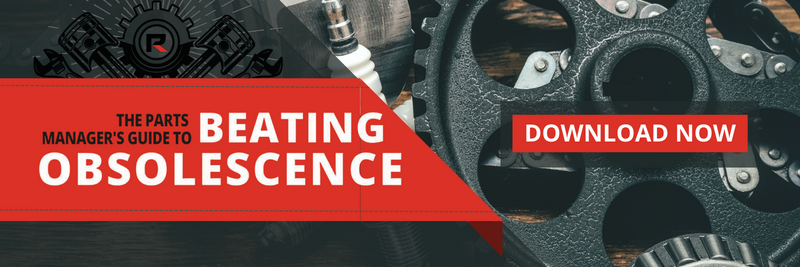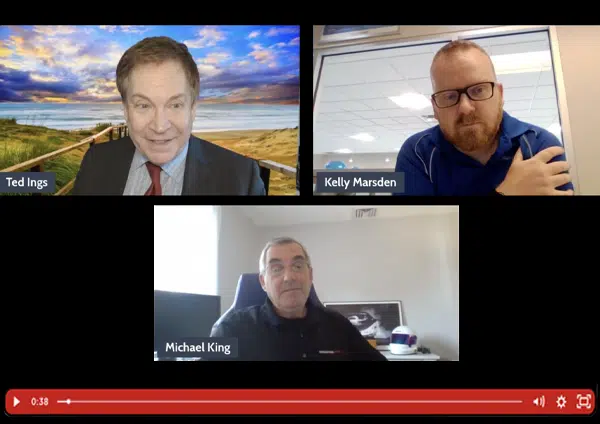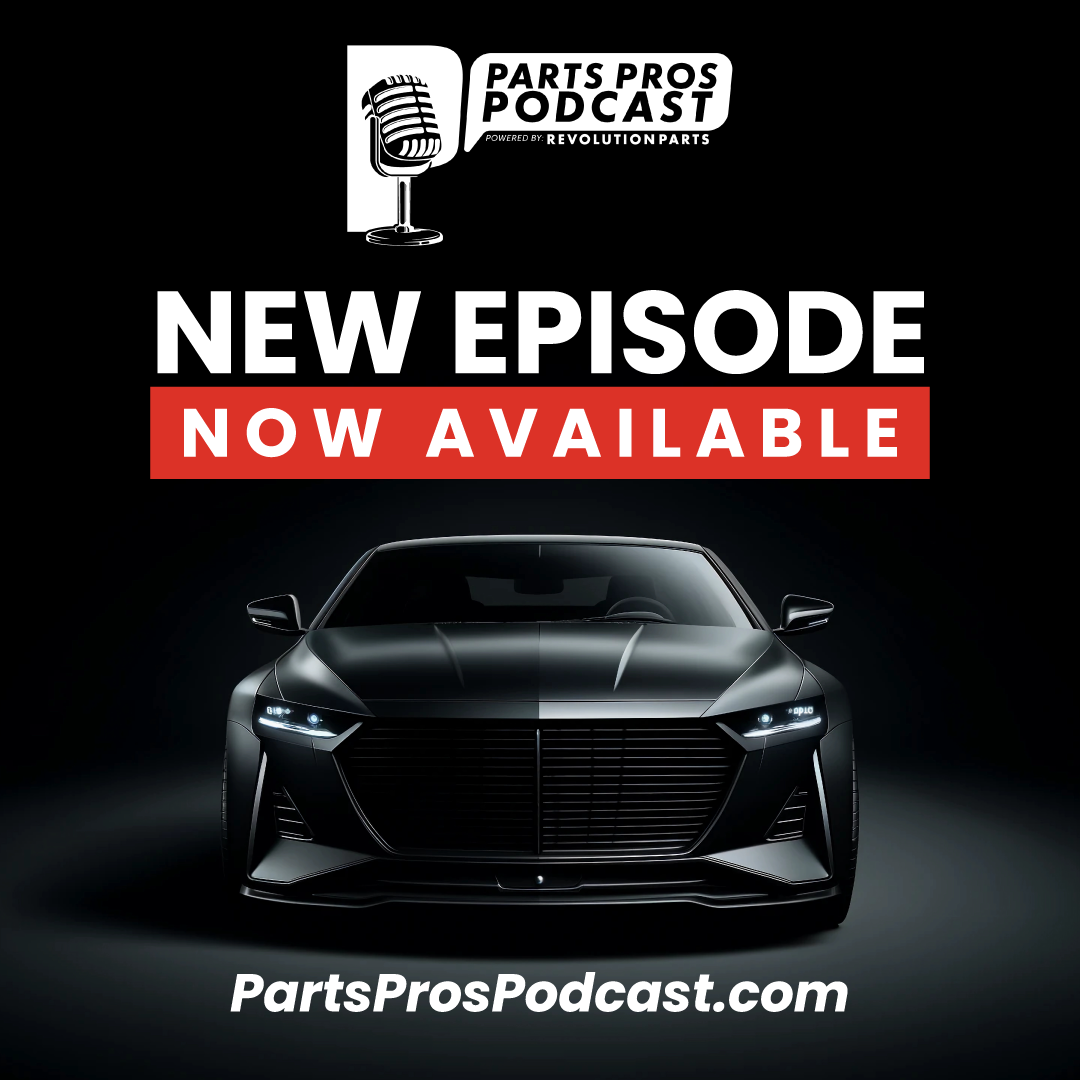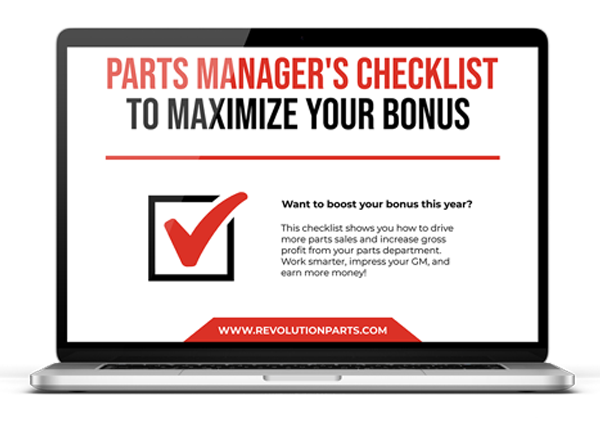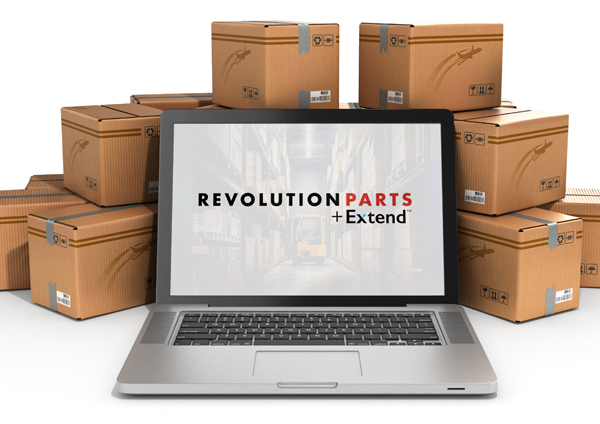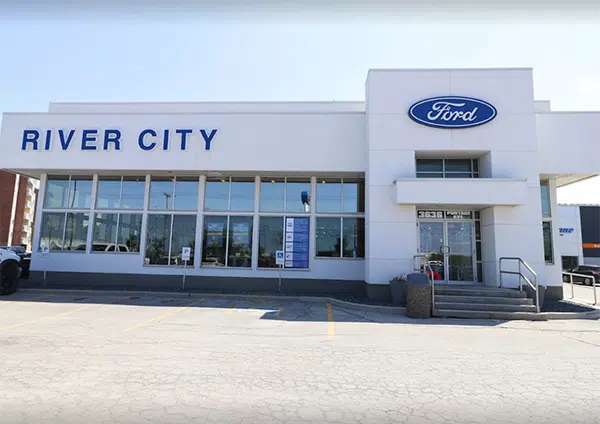In the latest FixedOps Roundtable, Ted Ings sits down with Kelly Marsden (Parts and Accessories Manager at River City Ford in Winnipeg) and Mike King (eCommerce Specialist at RevolutionParts) to explore better ways to reduce obsolescence in the parts department, manage inventory more efficiently, and use eCommerce to stay one step ahead of the game.

Key Takeaways

Prevent Obsolescence Early
Set clear expectations with customers, track returns, and act fast before parts collect dust.

Sell Smarter with eCommerce
List parts online through your own web store, eBay, and Amazon to reach more buyers and move inventory quickly.

Automate & Optimize Pricing
Use smart pricing tools to flag aging inventory, adjust prices, and push parts to the best sales channels—no manual effort needed.
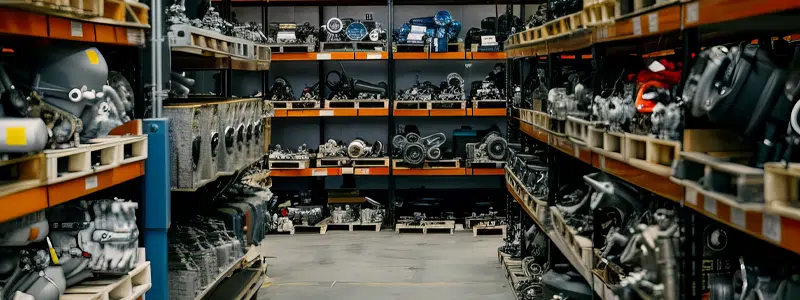
Redefining Obsolescence
When you think about obsolete parts in your dealership, what comes to mind? Is it a messy shelf cluttered with parts that no one wants? Or perhaps it’s the dreaded end-of-year inventory, where you’re left scrambling to deal with a pile of slow-moving stock. If you’re nodding along, it might be time to rethink how you approach inventory—and, more importantly, how you can turn the challenge of obsolescence into an opportunity for recognition and growth.
When discussing obsolescence, Marsden is quick to point out that it’s not just about how long a part has been sitting on the shelf. Whether the part was returned two hours ago or has been sitting for twelve months, Marsden knows he is married to it until he comes up with a solution. “Once it’s yours, it’s up to you to figure out how to handle it. Whether you’re writing it off, throwing it away, or finding a way to offload it, it’s your problem now.”
For Marsden, the solution begins by setting clear expectations from the beginning. By establishing open communication with customers before an item is purchased—confirming the correct part is being ordered, covering return policies, and educating on proper handling procedures for equipment—he’s able to prevent many of the issues that lead to obsolescence down the line.
What about those parts that do end up obsolete? In the past, parts managers had limited options for offloading dead inventory—mostly relying on brokers and dealer locators. But with the rise of eCommerce, the traditional way of dealing with obsolete parts is becoming less effective. “There are plenty of brokers buying dead inventory for ten cents on the dollar.” King points out. “But by the time you send out the list, have them look at and cherry pick it, pay someone to pack it- and typically you have to pay shipping to get it to them too, for ten cents on the dollar you might as well toss it in the trash and call it.” Instead of throwing in the towel and accepting defeat, innovative leaders like King and Marsden took matters into their own hands.

The Power of eCommerce: turning obsolescence into opportunity
Perhaps the most game-changing strategy Marsden adopted was moving his parts department online. “With eCommerce, I proactively get parts off the shelf before they turn obsolete.” Instead of waiting for the local market to catch up or hoping for a dealer to place a special order, Marsden has expanded his reach to a global audience. His parts are available on platforms like eBay and Amazon, where they can be found by customers around the world. “If I tried to sell these locally, I know it wouldn’t go anywhere in twelve months. But I post it online, and it’s out there,” Marsden says. “No need to write it off or mark it down—I just need to get rid of it.” While eCommerce offers a world of endless opportunities, Marsden has found solace in having a team like RevolutionParts in his corner, empowering him to conquer his challenges.
According to King, it’s all about leveraging the right tools. “RevolutionParts’ obsolescence tool lets you set certain parameters—like months of no sales, or months since last return—and once that criteria is met, the tool will apply fresh pricing strategies.” Not only are managers like Marsden able to offer competitive prices for their slow-moving stock, they are pushing their inventory out through various online channels, reaching a much broader audience than traditional methods ever could. “You can push these parts on eBay, Amazon, or your own web store,” King points out. “Rather than a narrow audience of a few thousand mopar dealers, you now have access to an audience of hundreds of millions.”
The shift to selling parts online has made a significant impact on Marsden’s success, not only by helping reduce obsolete stock but also by creating unexpected growth in customer loyalty. “What really surprised me was the amount of repeat business,” Marsden shares. “It all comes down to the experience you provide. When you treat customers well, they’ll keep coming back.”
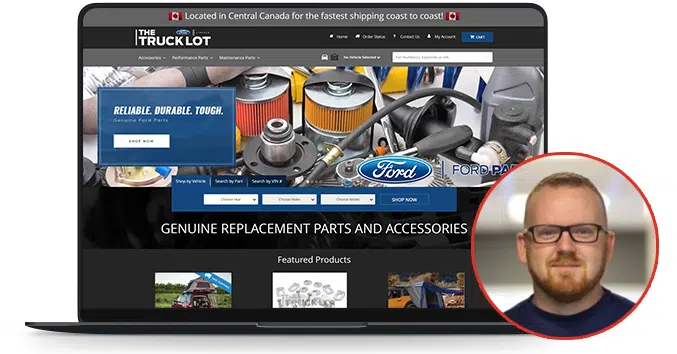
Taking Initiative
After moving his parts department online, Marsden didn’t wait for change to come to him; he took the wheel. “RevolutionParts will design you a building to the specs that you want, then hand you the keys. Now it’s up to you to fill it.” Having an online presence is a great first step, but a creative approach to marketing is a key way to stand out from competition and drive long-term success.
One of Marsden’s most impactful moves was the creation of a clearance section on his dealership’s website, keeping his online store dynamic and providing customers with new options every time they visited. What once sat forgotten on a shelf was now getting attention from a wider audience, and it was making a direct impact on his bottom line. His approach is straightforward, but it’s exactly that kind of initiative that makes all the difference. You have the tools, the technology, and the opportunity to make a lasting impact. If you’re sitting on a pile of obsolete parts, why not follow Marsden’s lead and give them a place to shine? Push those parts out to broader online channels, and watch your inventory—and customer loyalty—grow.
Marsden’s relentless drive to solve problems and embrace new trends has been the catalyst to his success at River City Ford—traits that any parts manager can adopt to make a meaningful impact. So, what’s holding you back from leading the charge at your dealership?
